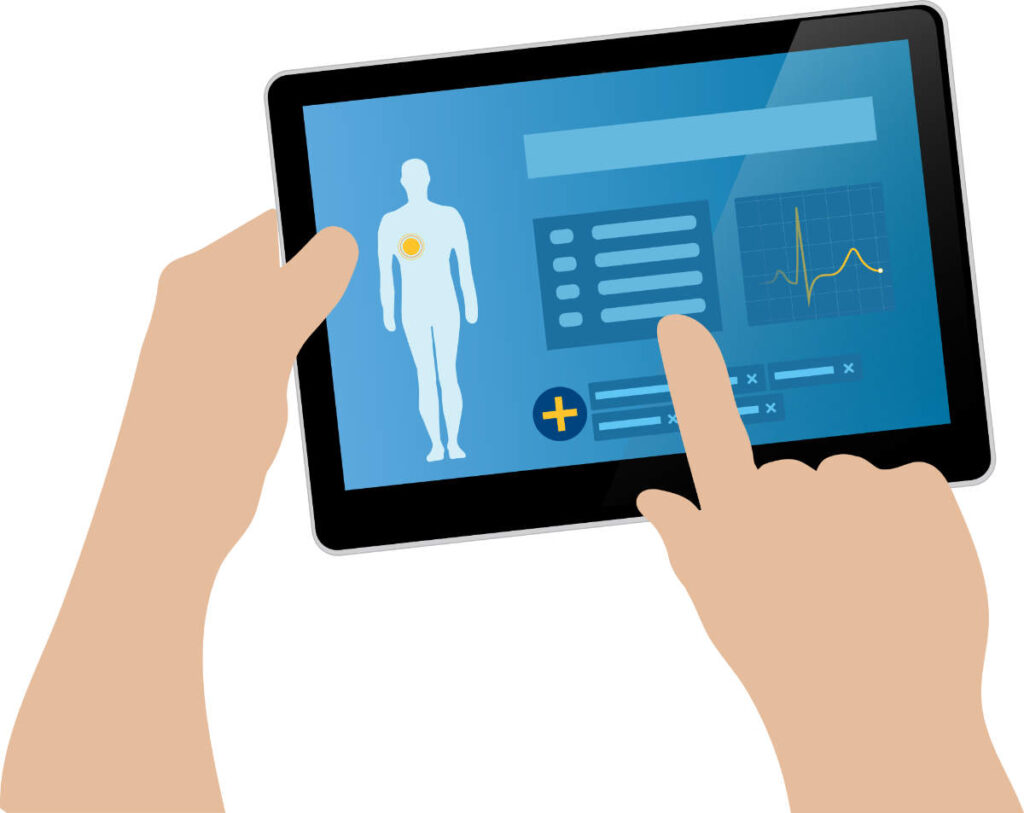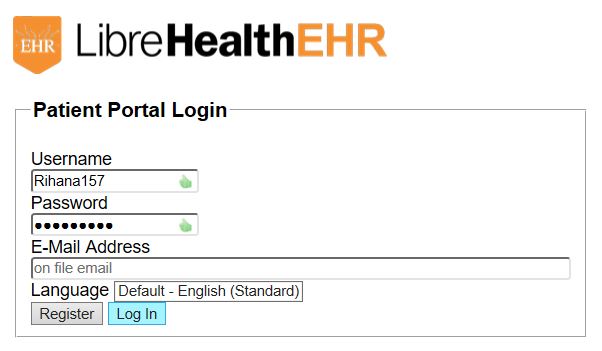MedicalAlertBuyersGuide.org is an independent review site. We may earn compensation from the providers below. Learn More
The Electronic Health Record Today & Tomorrow
The emergence of electronic health records as a common tool has been one of the most welcome and significant changes in the healthcare industry in years. Although many providers and patients are now able to access EHRs as a part of the everyday care process, there are still many changes taking place in regards to how EHRs are accessed and implemented, and what kinds of functionality they offer. Keeping pace with the current state and new developments in the EHR is valuable for healthcare officials determining how best to utilize these tools, to improve patient outcomes and enable providers to deliver the highest level of care.
EHRs are now the standard, rather than the outlier

If one grand statement can be made about the current state of electronic health records, it’s that the adoption hurdle has largely been overcome. According to studies, adoption rates of EHRs are now hovering around 90%, showing that the vast majority of healthcare systems have seen the value that can come from moving patient record-keeping into the digital age. Healthcare professionals and patients alike both now expect that they will have access to EHRs when they choose a provider to work with, and the minority few systems that have thus far failed to transition into the digital age are falling faster than ever behind the curve.
Therefore, it makes sense that the next horizon on the frontier moves to increased user-friendliness and functionality. Saying that they utilize EHRs is no longer a differentiating factor for healthcare providers, so they must begin to search for vendors taking advantage of technological enhancements that will allow their end users to get the maximum value out of these essential tools.
Integrated patient portals are becoming an increasingly important element

On April 5, 2021, an important piece of federal legislation commonly known as the 21st Century Cures Act took effect. This law enables all patients easily to access their medical records. This is seen as a crucial development in the relationship between patients and providers, as well as a bridge to increasing patient satisfaction and improving health outcomes.
There may be some confusion over the necessity of the Act, because patients have always had the right to request their medical records. But the advancement of patient portals and the integration of EHRs into these systems have given healthcare organizations the tools they need to comply quickly and easily with these regulations. When patients not only have the right to request their records but can access them on demand and easily, they are more involved and in control of their care.
Voice search and AI-powered digital assistants: improving accessibility for providers and patients
AI digital assistants and other voice-activated features are getting more refined all the time, and with these enhancements come more effective tools for increasing accessibility for both providers and patients. Whether because of a specific physical disability or simply an unfamiliarity with digital interfaces (especially in older patients), many patients need access to voice-activated digital assistants in order to accomplish certain tasks on a mobile device. And these tools are not only useful for patients; healthcare professionals can also take advantage of AI features tied to EHRs to update patient records in real time, access histories more quickly, and more.
Tools for telemedicine are rising to the challenge

The rise of telemedicine and the speed with which most tech companies and healthcare organizations have adopted new solutions is obviously one of the biggest enduring healthcare stories to emerge from the COVID-19 pandemic. Restrictions implemented due to the pandemic may be easing, but many patients have found they prefer to use telemedicine services in certain situations, especially as America’s population begins to plan for aging in place in their own home. And the need for technology to facilitate these interactions isn’t going anywhere. EHRs are crucial to help doctors effectively communicate updates to patients who are being treated exclusively by telemedicine. This allows such patients a consistent ability to manage their care in non-emergency situations without having physically to leave their home.
Predictive analysis will be the vanguard of the future
Artificial intelligence has potential in the healthcare industry that reaches far beyond keeping and accessing records. Physicians and other healthcare professionals can use state-of-the-art analytical tools enabled by AI to interpret data gleaned from EHRs, and ultimately to predict future patient outcomes. This will empower healthcare organizations to improve care across a variety of touchpoints including optimizing staffing levels, automatic supply reordering, creating adaptive treatment plans, and much more.
IT security and cloud services
The implementation and adoption of EHRs across a wide swath of the healthcare industry is only made possible by cloud services, and our reliance on the cloud will only grow as EHRs and other digital tools become more ingrained in the healthcare process. With greater reliance on the cloud comes the need for increased IT security, especially in a sector where patient confidentiality and HIPAA compliance are so vital. Tech companies and healthcare organizations both face a crossroads where they must shift resources to IT security to ensure that sensitive data is as protected as possible. The possibilities offered by the widespread adoption of EHRs will revolutionize the way that healthcare is practiced and accessed, but it cannot come at the cost of data security.

